27 June, 2023
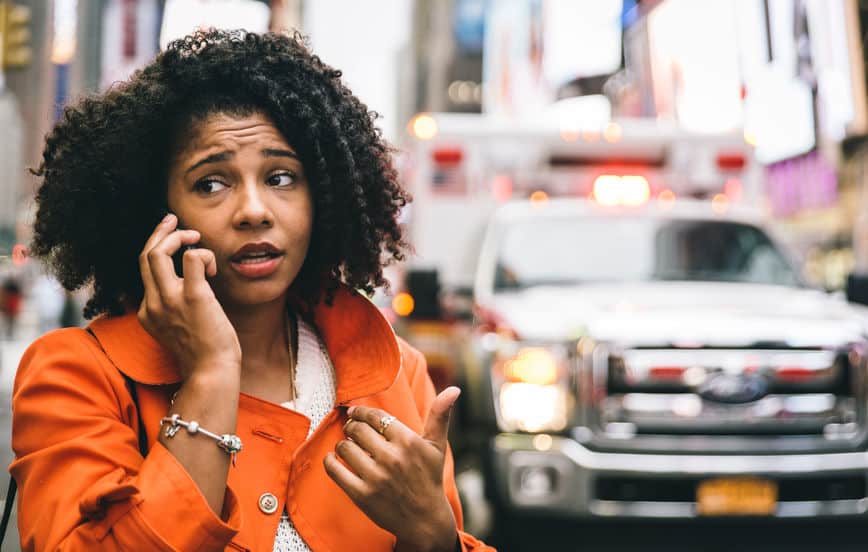
There are roughly 6 million motor vehicle accidents that occur in the United States each year that leave millions of drivers temporarily or permanently injured. After a crash, you may be sitting in your vehicle overwhelmed and unsure what to do next. If you are able to, and need medical attention, you should call 9-1-1 and report the accident. While you are waiting, and if you are able, you should get out of harm’s way. And, finally, when it is safe to do so, start taking pictures. This may not seem like a top priority after being involved in a car accident, but it is extremely important, regardless of the severity of the accident.
If you or a loved one were injured in a car accident, our team of trusted car accident lawyers at The Barnes Firm are here to help you. With over 100 years of combined experience, our attorneys are equipped with the skills and legal expertise to get you the best result possible. Call us today at (800) 800-0000 for a FREE case evaluation. It could be the best call you make.
Photographs and videos from various angles, positions, and distances of the motor vehicle accident are powerful pieces of evidence in a personal injury claim. Having a variety of photographs and videos can help your claim, as they can show important details and factors of the accident. Additionally, photos are important to fill in the blanks if you forget any details about the accident.
Photo evidence will document various key details of the accident, including who was involved, property damages, injuries, posted traffic signs at the scene of the crash, weather conditions, and roadway conditions. Furthermore, photo evidence can prove beneficial to your claim by showing how the other party is at fault for the accident.
Understanding what types of photos and videos will be beneficial to your claim is crucial when photographing the scene of an accident. When taking photo and video evidence, it is recommended that you capture:
If you suffer an injury that makes you unable to take photo evidence of the scene, you should have others acquire photo evidence for you. If there is a passenger in your vehicle that is not severely injured and can take photo evidence for you, ask them to do it. If not, contact a family member or friend who can report to the scene as soon as possible. You can also ask a responding officer to take photos and videos on your behalf. If you find yourself unable to have anyone, take photographs for you on the day of the accident, don’t panic. Photographs of injuries, vehicle damages, and property damage can be taken in the days following the accident.
After collecting photo evidence, there are other steps to take before filing your claim. These include:
Regardless of the quantity and quality of your evidence, it matters. Taking as much photo and video evidence as possible can be beneficial in supporting your claim after a motor vehicle accident. If you or a loved one have been injured in a car accident, The Barnes Firm is here to help. With over 100 years of combined experience, our attorneys are equipped with the knowledge to help you get the best result possible for your personal injury case. Call us today at (800) 800-0000 for a free case evaluation. It could be the best call you make.
If you or a loved one have been injured in an accident, The Barnes Firm is here to help you get the best result possible. Our team of experienced personal injury attorneys will help you gather evidence, negotiate with insurance companies, and work to get you the best result possible. Call us today at (800) 800-0000 for a FREE case evaluation.
Written by The Barnes Firm, reviewed by Richard Barnes

Rich Barnes
President
Richard Barnes: “As President of The Barnes Firm, I have dedicated my career to achieving justice in hundreds of cases for the victims of injuries caused through the fault of others. Additionally, I have been honored to have been elected Best Lawyer and a Super Lawyer”
Years of Experience: 30+ years
LinkedIn Profile: Richard Barnes


This page has been written, edited, and reviewed by a team of legal writers following our comprehensive editorial guidelines. This page was approved by attorney president Rich Barnes who has more than 30+ years of legal experience as a practicing personal injury trial attorney.
The Barnes Firm is here to help you. Our personal injury firm helps individuals and their families who
have suffered an injury in an accident.
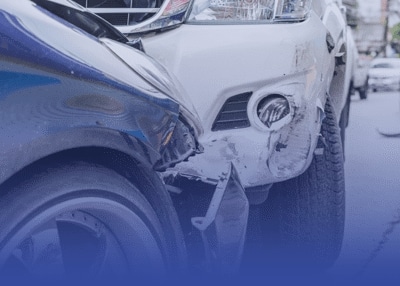
Whether your car crash was minor or serious, any injuries sustained in an accident can be painful and costly.
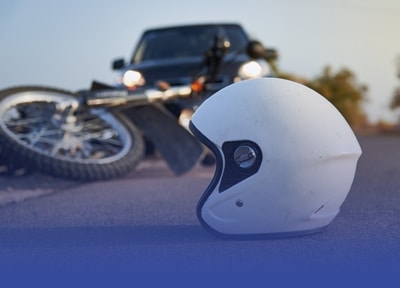
All motorcycle accidents are different, the compensation you receive will depend on the circumstances surrounding your accident.
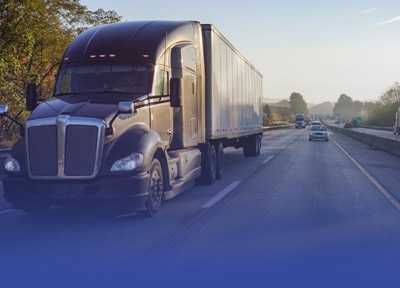
A truck accident can be catastrophic, even in low-impact crashes, if you or your family are involved, you may be entitled to significant financial compensation.
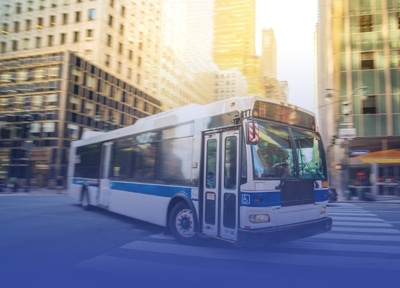
There are dozens of accidents involving school buses each year, most commonly, involving children outside a school bus.
Explore Articles Related to Your Situation
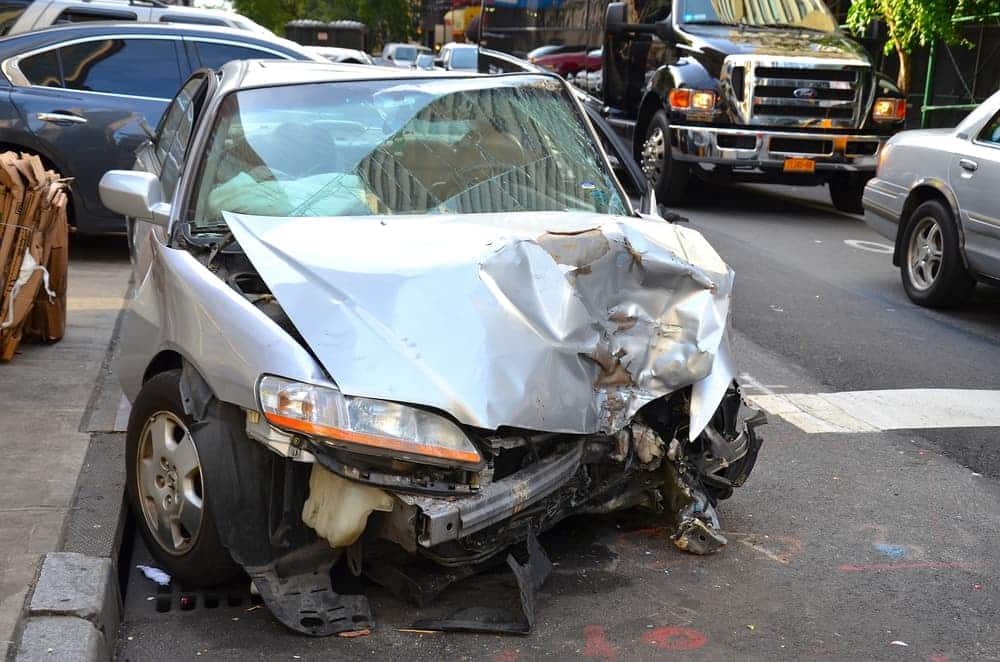
New York is a heavily congested state when it comes to traffic. This is even more true in New Y...
read more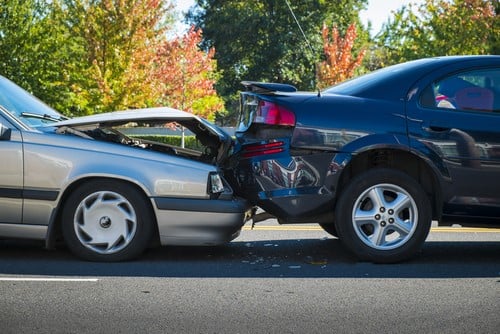
Car accidents can cause severe injuries and they are stressful and overwhelming to those involv...
read more
Car collisions are unfortunately common in a fast-paced borough like Queens, NY. In such cases,...
read more
Distracted driving took the lives of nearly 2,900 people in 2018, including drivers, passenge...
read moreWe are always available to discuss your case. Give us a call at (800) 800-0000.
Fill out our form and we will contact you shortly to discuss your case
Our attorneys will come to your home, office or hospital at your convenience.
We are available anytime, including after hours and
weekends.
420 Lexington Avenue
Suite #2140
New York, NY 10170
Phone: (800) 800-0000
Fax: +1 (800) 853-5153
600 Old Country Road
Suite #425
Garden City, NY 11530
Phone: (800) 800-0000
Fax: +1 (800) 853-5153
500 Pearl Street
Suite #700
Buffalo, NY 14202
Phone: (800) 800-0000
Fax: +1 (800) 853-5153
451 Grider Street
Buffalo, NY 14215
Phone: (800) 800-0000
Fax: +1 (800) 853-5153
28 East Main Street
Suite #600
Rochester, NY 14614
Phone: (800) 800-0000
Fax: +1 (800) 853-5153
633 West 5th Street
Suite #1750
Los Angeles, CA 90071
Phone: (800) 800-0000
Fax: +1 (888) 800-7050
555 12th Street
Suite #1470
Oakland, CA 94607
Phone: (800) 800-0000
Fax: +1 (888) 800-7050
655 W. Broadway
Suite #940
San Diego, CA 92101
Phone: (800) 800-0000
Fax: +1 (888) 800-7050